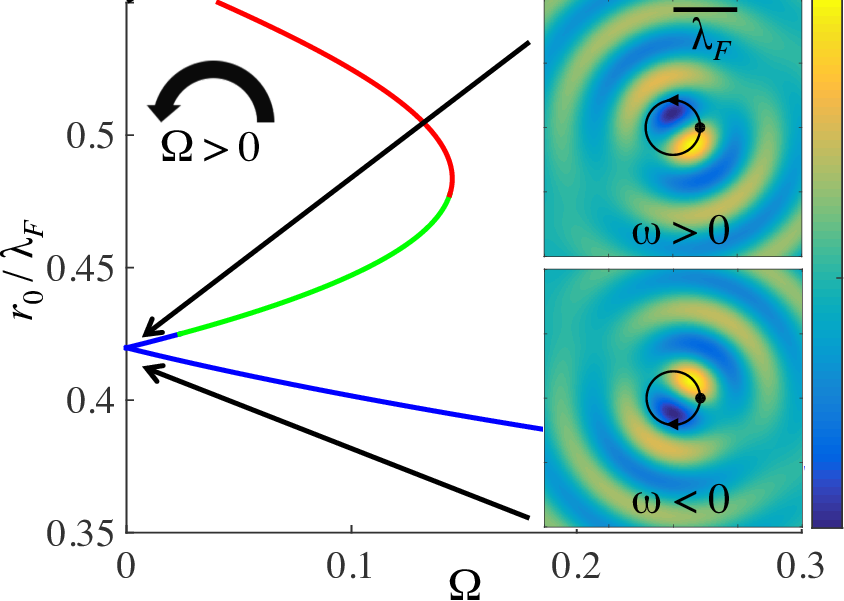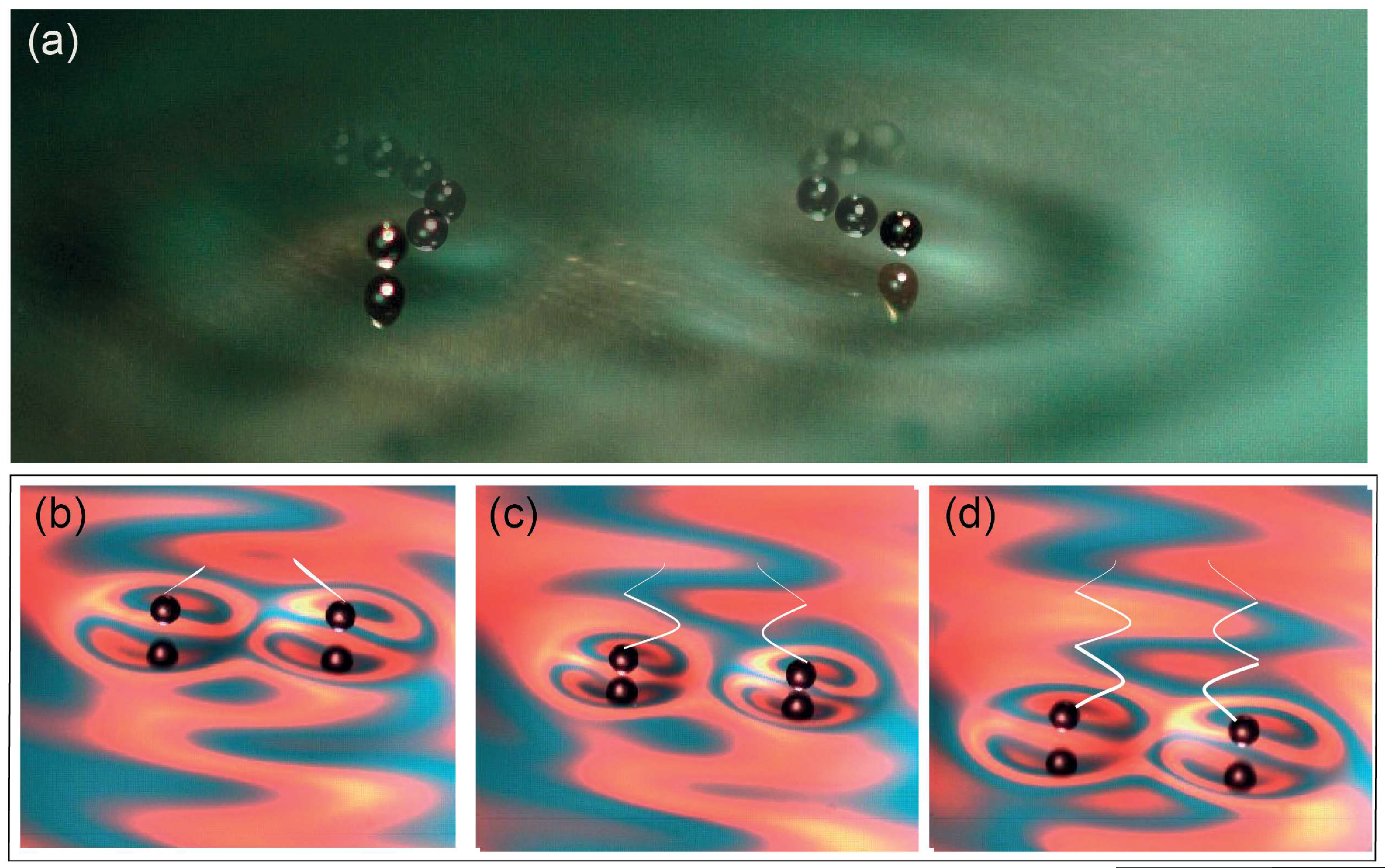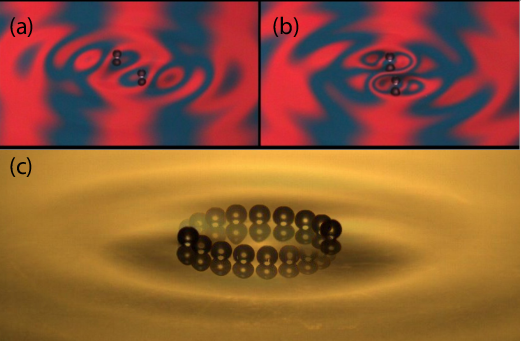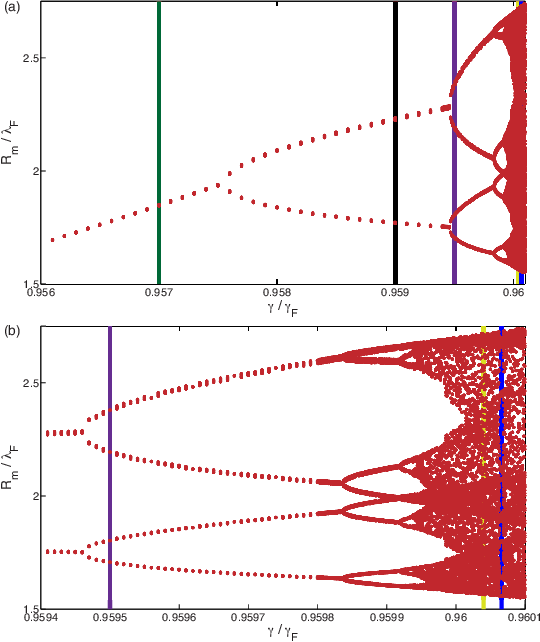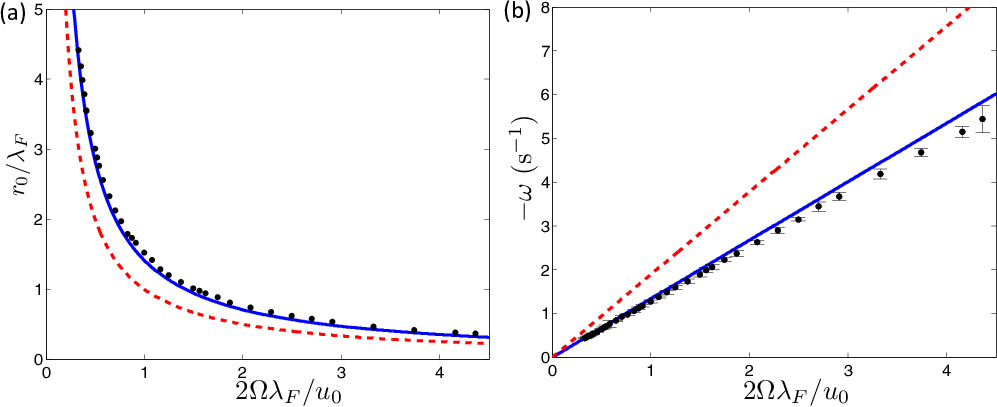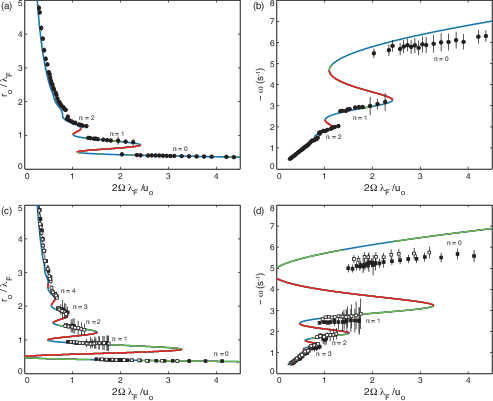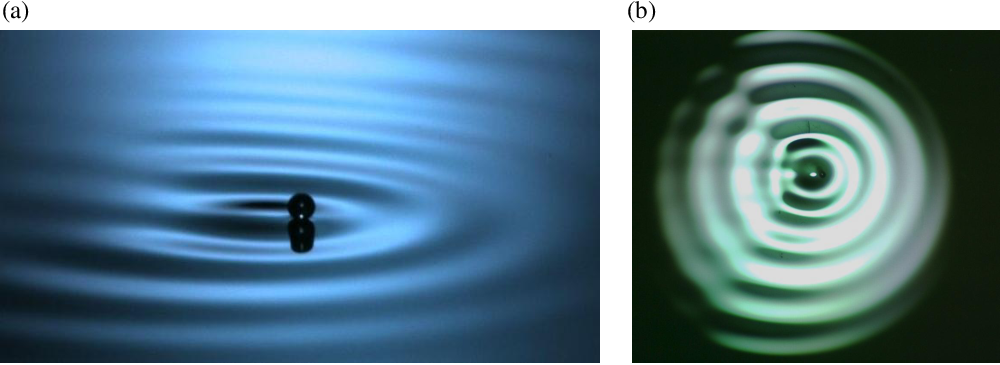Recent Publications
J. W. M. Bush and A. U. Oza,
Hydrodynamic quantum analogs,
Reports on Progress in Physics, 84, 017001, (2020)

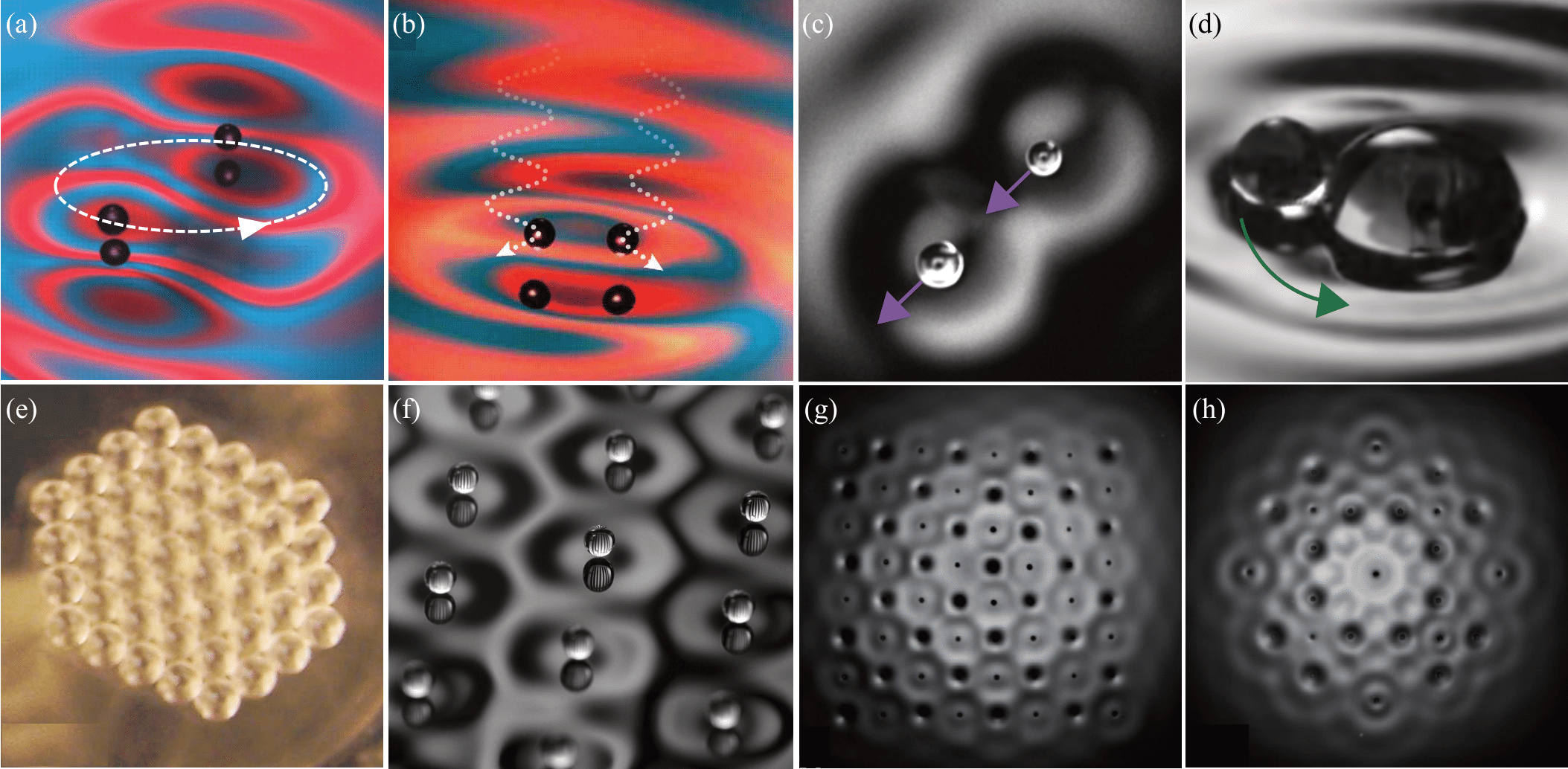
The walking droplet system discovered by Yves Couder and Emmanuel Fort presents an example of a vibrating particle self-propelling through a resonant interaction with its own wave field. It provides a means of visualizing a particle as an excitation of a field, a common notion in quantum field theory. Moreover, it represents the first macroscopic realization of a form of dynamics proposed for quantum particles by Louis de Broglie in the 1920s. The fact that this hydrodynamic pilot-wave system exhibits many features typically associated with the microscopic, quantum realm raises a number of intriguing questions. At a minimum, it extends the range of classical systems to include quantum-like statistics in a number of settings. A more optimistic stance is that it suggests the manner in which quantum mechanics might be completed through a theoretical description of particle trajectories. We here review the experimental studies of the walker system, and the hierarchy of theoretical models developed to rationalize its behavior. Particular attention is given to enumerating the dynamical mechanisms responsible for the emergence of robust, structured statistical behavior. Another focus is demonstrating how the temporal nonlocality of the droplet dynamics, as results from the persistence of its pilot wave field, may give rise to behavior that appears to be spatially nonlocal. Finally, we describe recent explorations of a generalized theoretical framework that provides a mathematical bridge between the hydrodynamic pilot-wave system and various realist models of quantum dynamics.

